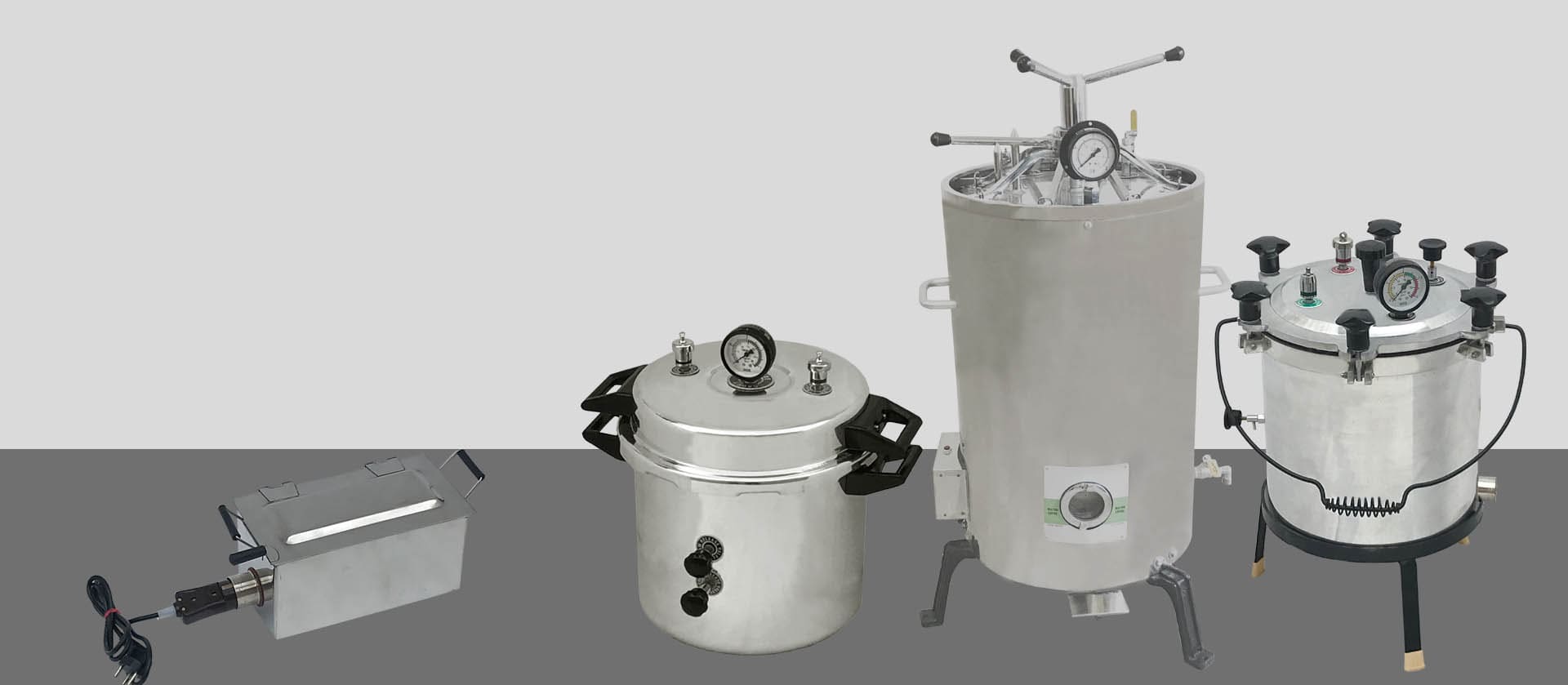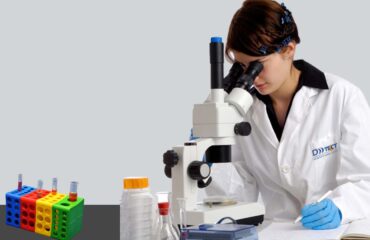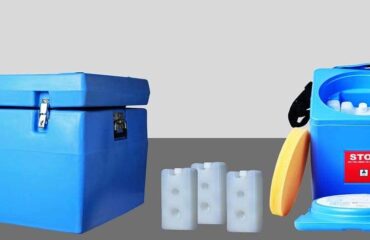Autoclaves and sterilizers are essential tools in healthcare, laboratories, and various other industries where maintaining sterility is critical. They work by using high-pressure steam or other sterilizing agents to kill bacteria, viruses, fungi, and other microorganisms on equipment, instruments, and other items.

Here are some ways autoclaves and sterilizers help minimize the risk of exposure to infections:
Killing Pathogens
Autoclaves use high-pressure steam to reach temperatures typically above 121°C (250°F). This high temperature kills bacteria, viruses, and other pathogens effectively, ensuring that the items being sterilized are free from harmful microorganisms.
Versatility
Autoclaves and sterilizers can sterilize a wide range of items, including surgical instruments, laboratory equipment, glassware, textiles, and more. This versatility ensures that various items that come into contact with patients or samples are thoroughly sterilized, reducing the risk of infection transmission.
Consistency and Reliability
Autoclaves and sterilizers are designed to provide consistent and reliable sterilization results. They use standardized protocols and parameters to ensure that each sterilization cycle effectively eliminates pathogens, minimizing the chance of incomplete sterilization and subsequent infection risks.
Compliance with Regulations
In healthcare settings, regulatory agencies such as the Centers for Disease Control and Prevention (CDC) and the World Health Organization (WHO) set guidelines and standards for sterilization processes. Autoclaves and sterilizers help healthcare facilities comply with these regulations by providing a proven method for sterilizing equipment and maintaining a sterile environment.
Preventing Cross-Contamination
Proper sterilization with autoclaves and sterilizers helps prevent cross-contamination between patients, laboratory samples, or experimental materials. This is crucial for maintaining the integrity of experiments, preventing the spread of infectious diseases, and ensuring patient safety in healthcare settings.
Reducing Healthcare-Associated Infections (HAIs)
Healthcare-associated infections are a significant concern in medical facilities. Autoclaves and sterilizers play a crucial role in reducing the risk of HAIs by ensuring that medical instruments and equipment used in patient care are sterile and free from pathogens that could cause infections.
Safety
Autoclaves and sterilizers are designed with safety features to prevent accidents during the sterilization process. These features include pressure relief valves, interlocking mechanisms, and alarms to alert users of any issues. By ensuring safe operation, autoclaves minimize the risk of exposure to infections not only for patients but also for healthcare workers and laboratory personnel.
In conclusion, autoclaves and sterilizers are essential tools for minimizing the risk of exposure to infections by effectively sterilizing equipment, instruments, and other items in healthcare, laboratory, and industrial settings. Their ability to kill pathogens, provide consistent results, comply with regulations, and prevent cross-contamination makes them indispensable for maintaining a sterile environment and promoting public health and safety.


